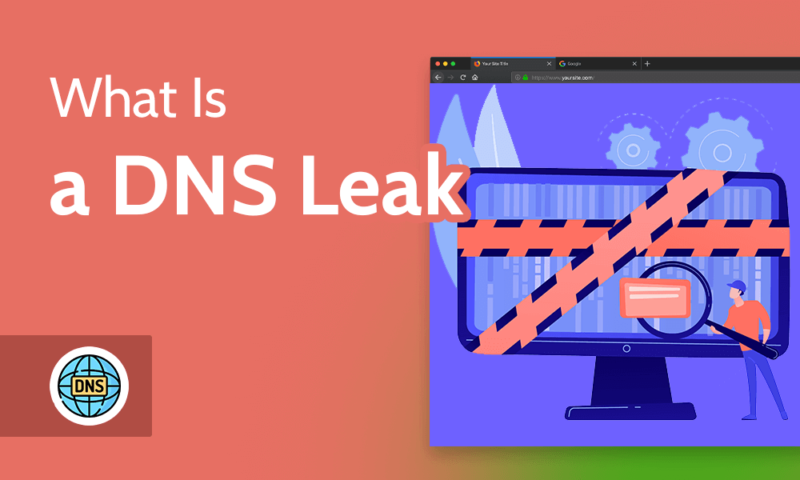When it comes to staying safe online, there are many issues to be aware of, including DNS leaks. They can be tricky to spot but could result in your personal data falling into the hands of cybercriminals. To help you, we’ll explain what a DNS leak is and how to steer clear of them.
What Does DNS Stand For?
It stands for Domain Name System. It’s often referred to as the internet’s phonebook as it connects IP addresses (long strings of numbers) to domain names (example.com) that are easier to understand.
DNS means you can simply type in a web address to find a site. Meanwhile, your device and the site’s servers communicate in a numerical language known as DNS requests.
What Is a DNS Leak?
A DNS leak occurs when a software issue results in the wrong server receiving DNS requests. This may be due to an error with a privacy tool or if your internet service provider’s default servers receive an unintended request. It could also be the result of cybercrime, such as hacking.
A leak essentially means information like your browsing data has not been sent where you intended. This might make it vulnerable to falling into the wrong hands.
How to Find a DNS Leak
Running regular DNS leak tests is the best way to keep on top of this. A leak test tool will display the DNS server IP addresses it’s connecting to. A DNS leak may have happened if you see:
- An unfamiliar IP address.
- The IP address of your internet service provider when connected to a VPN.
It’s worth running this test on different devices as well as with VPN software connected and disconnected. This helps you determine whether a DNS leak has occurred on a specific device or a tool you’re using.
Different Causes of DNS Leaks
A DNS leak may happen because of one or a combination of these factors:
- Incorrect network settings: Software updates can alter your DNS settings without you realising.
- Cyberattacks: Malware and DNS spoofing are two of the methods criminals use to target you.
- App settings: Check what permissions apps request before downloading. Some can change your DNS settings.
- Using a VPN: A VPN alters your IP address and DNS settings. Any issues with this tech may result in a leak.
How to Fix and Prevent DNS Leaks
The most effective way to prevent this issue is to choose an internet privacy tool with built-in DNS leak protection.
Other fixes include:
- Clear DNS cache: Your device may store outdated or incorrect DNS information. Deleting it could help you connect correctly.
- Update your router: Updating your firmware can help restore the correct DNS settings.
- Disable IPv6: This is the most up-to-date internet protocol, but it’s not universally used. Problems can occur if you try to connect to servers running the older IPv4 protocol.
Staying Safe Online
Checking for DNS leaks is just one aspect of monitoring your cybersecurity. It can offer you information if you suspect your data has been compromised but might not provide proactive protection.
Privacy tools that shield your browsing activity can act as deterrents to would-be cyber criminals. They can also stop them in their tracks. Vigilance while browsing the net is also a key aspect when it comes to staying safe online – if in doubt, do not click.


